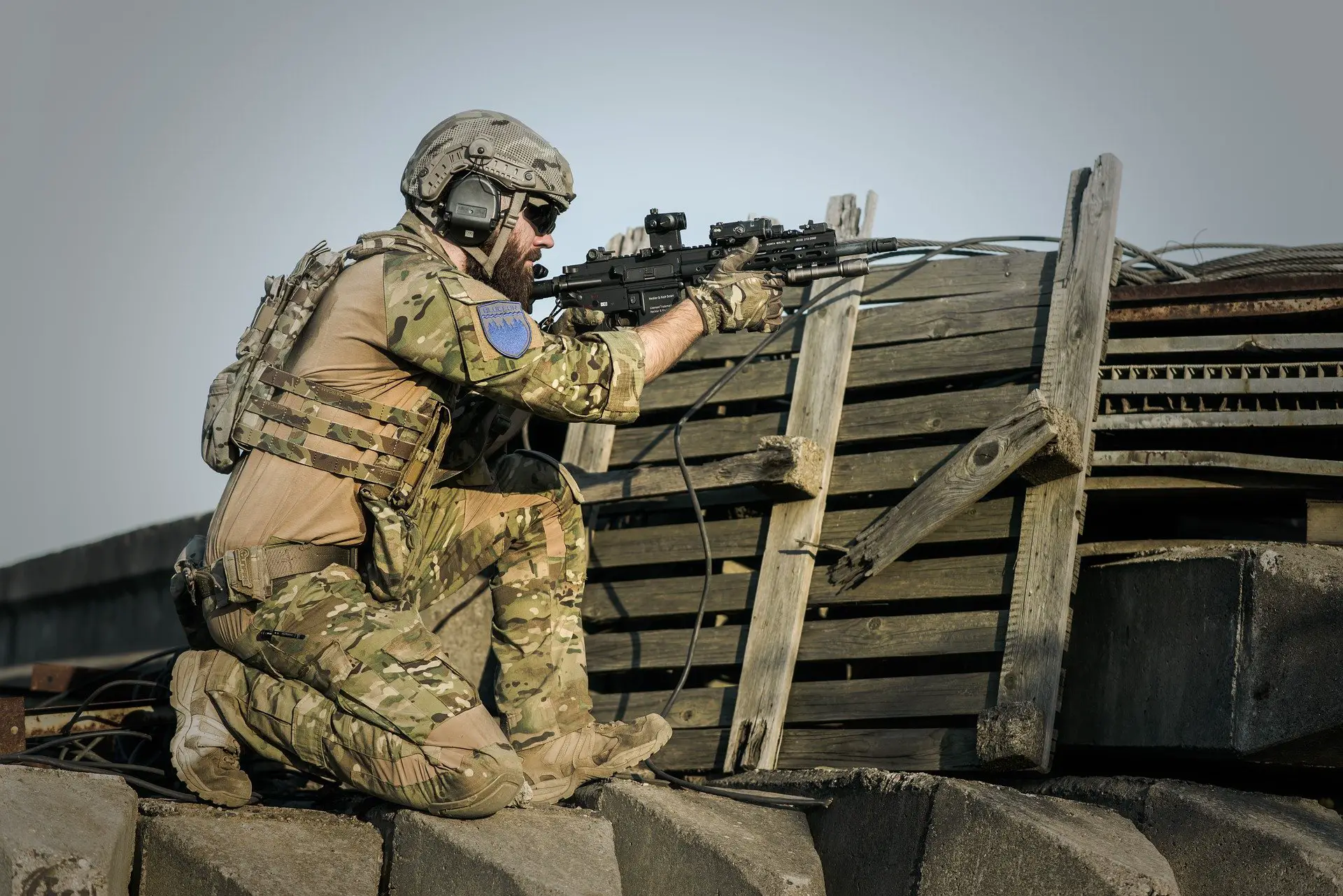As the United States Army continues to search for new technologies and tools to enhance warfighter performance, they have started to use augmented reality and feel that this technology is essential in their technology advancement process.
Researchers from DEVCOM (U.S. Army Combat Capabilities Development Command) have found an innovative technique for augmented reality to succeed in bright lighting conditions, mostly during the day, by using low contrast dimming highlights. Researchers mentioned that this would open up new research areas that will help them enhance warfighter augmented reality and heads-up display performance when soldiers operate outdoors during the day.
“Imagine a Soldier of the future, searching for a target in an urban jungle. He looks out in the street and sees drones searching outside. He looks back down the dark hallway. The goggles instantly highlight the location of the target that the drone saw behind the wall, and the highlight is automatically adjusted to the right level in the dim environment so that the Soldier also sees the second target in another room that was missed by the drone.” – Dr. Chou Hung, Neuroscience researcher.
In the given scenario, the highlight worked. The right level of contrast will attract a soldier’s attention, but it was not that strong, which may result in missing the second target, which was not highlighted.
“We knew that AR displays work well indoors, but outdoors, the icons disappear because the displays have limited brightness. Even at the brightest level, they’re up to 100 times dimmer than a bright sunny day, so the icons and target highlights become invisible.” – Dr. Chou Hung.
Hung mentioned that it was difficult to produce brighter displays because of the amount of power needed, and it is difficult to make sure the highlighting is not strong that it blocks the soldier from noticing the rest of the scene.
“Indirect viewing optics are definitely needed as laser powers that shift blue when hitting optics designed to filter harmful wavelengths become transparent.” – Col. James Ness, Professor of engineering psychology, U.S. Military Academy.
According to researchers, success in this new technology will also make future commercial augmented reality more useful in daytime environments.
Follow us on LinkedIn
Read other Articles





